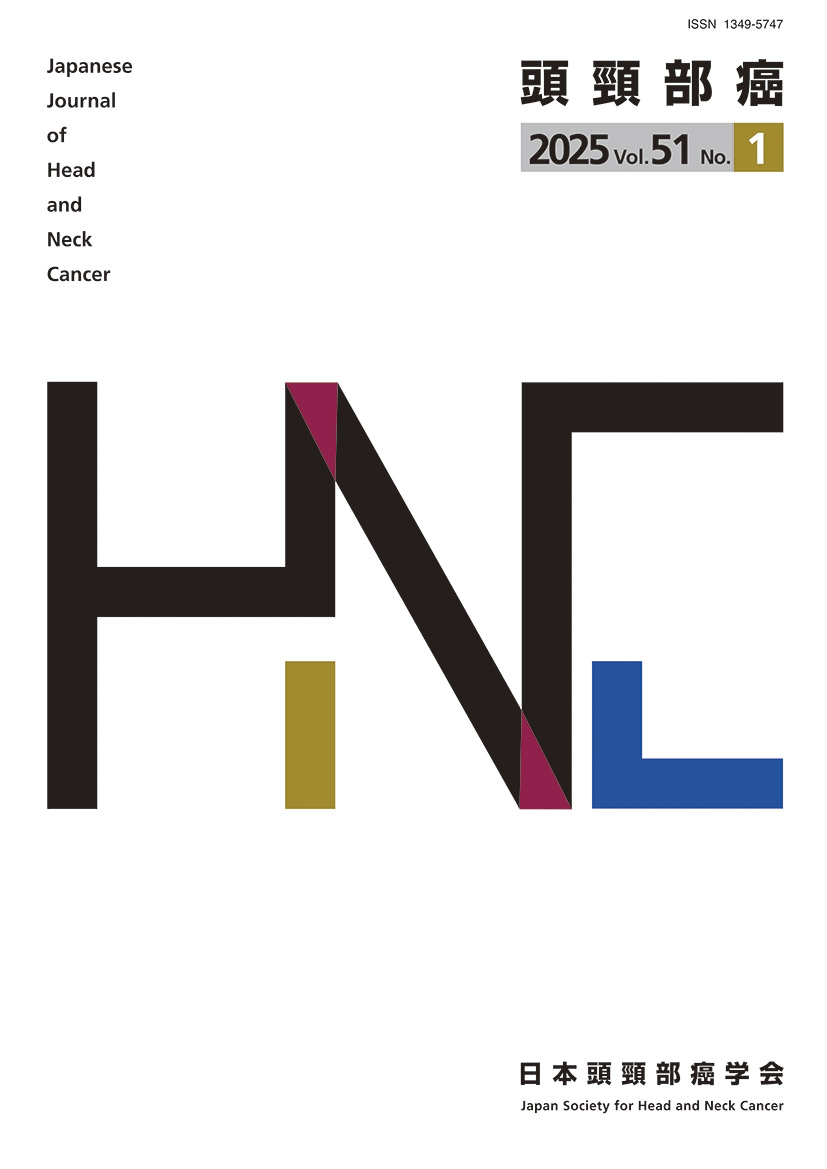Current issue
Displaying 1-7 of 7 articles from this issue
- |<
- <
- 1
- >
- >|
-
2025 Volume 51 Issue 1 Pages 1-6
Published: 2025
Released on J-STAGE: May 09, 2025
Download PDF (792K) -
Efficacy and safety of 52.5Gy/16fr hypofractionated radiation therapy for early-stage glottic cancer2025 Volume 51 Issue 1 Pages 7-12
Published: 2025
Released on J-STAGE: May 09, 2025
Download PDF (288K) -
2025 Volume 51 Issue 1 Pages 13-18
Published: 2025
Released on J-STAGE: May 09, 2025
Download PDF (768K)
-
2025 Volume 51 Issue 1 Pages 19-23
Published: 2025
Released on J-STAGE: May 09, 2025
Download PDF (910K) -
2025 Volume 51 Issue 1 Pages 24-30
Published: 2025
Released on J-STAGE: May 09, 2025
Download PDF (940K) -
2025 Volume 51 Issue 1 Pages 31-36
Published: 2025
Released on J-STAGE: May 09, 2025
Download PDF (741K) -
2025 Volume 51 Issue 1 Pages 37-40
Published: 2025
Released on J-STAGE: May 09, 2025
Download PDF (761K)
- |<
- <
- 1
- >
- >|
